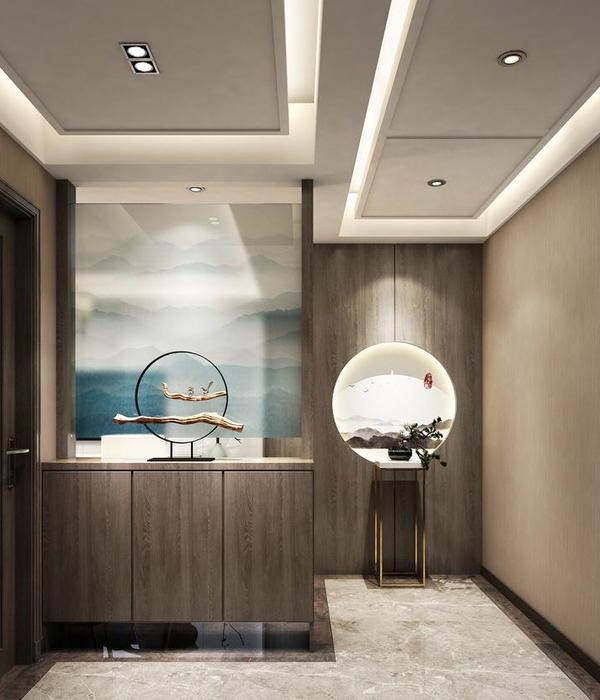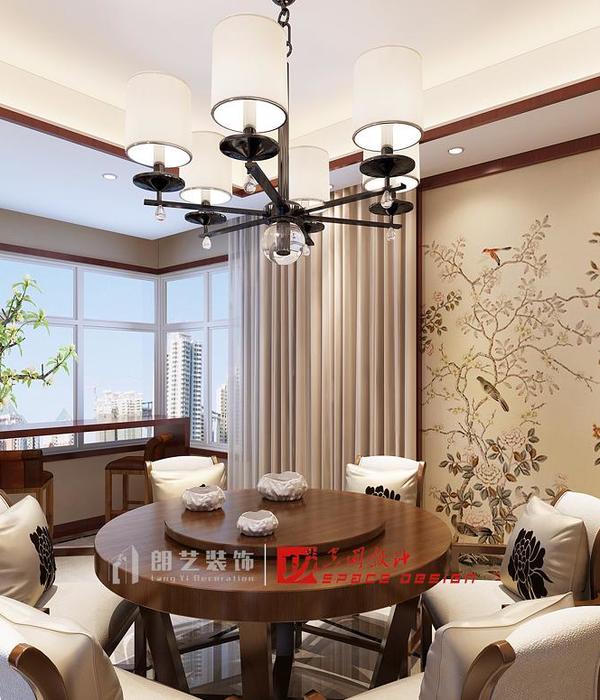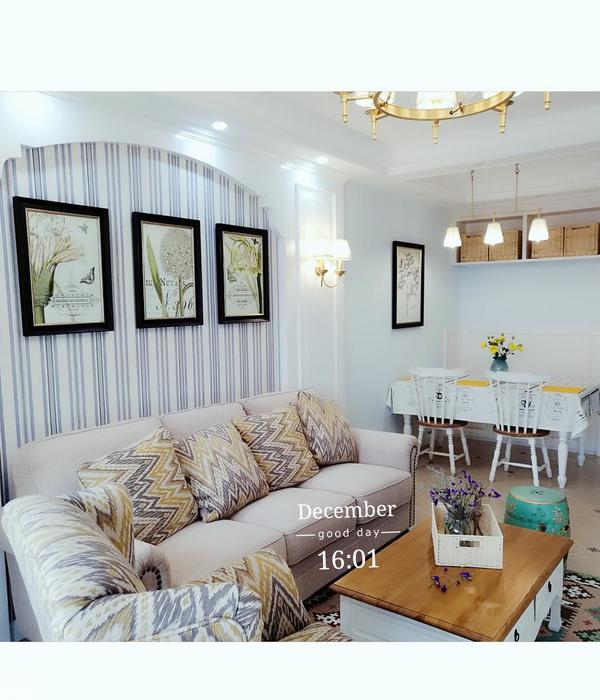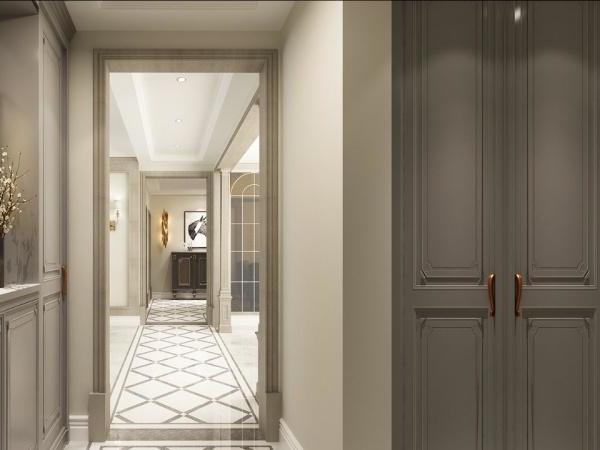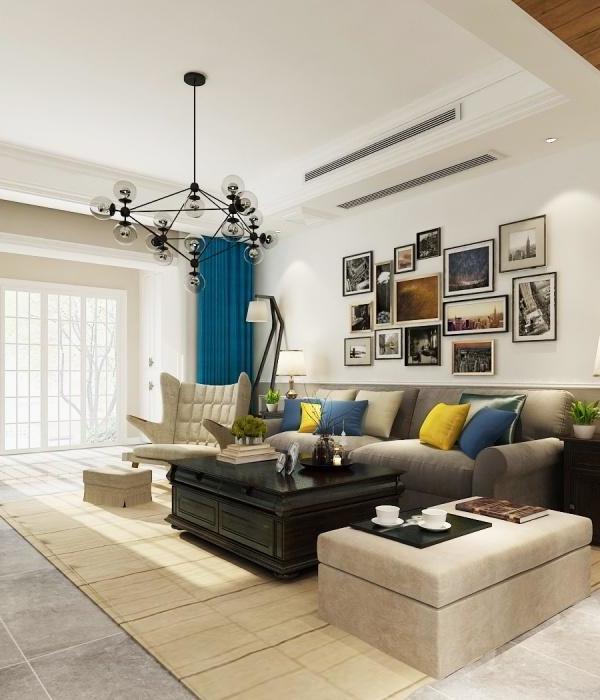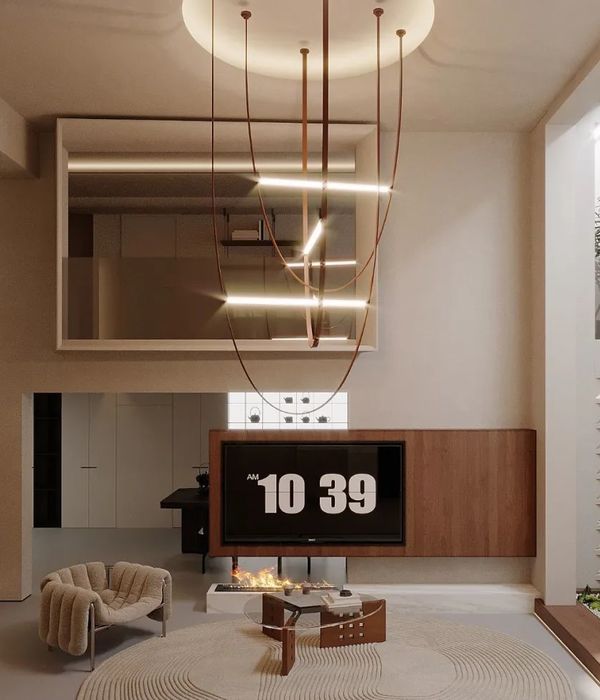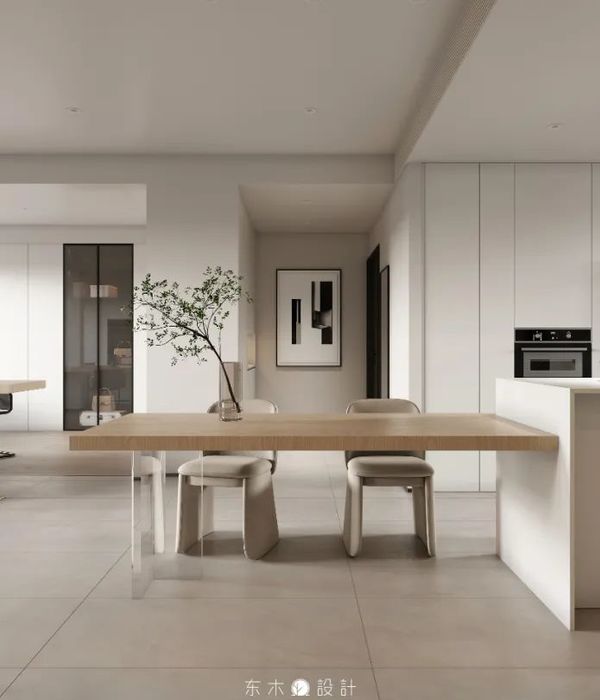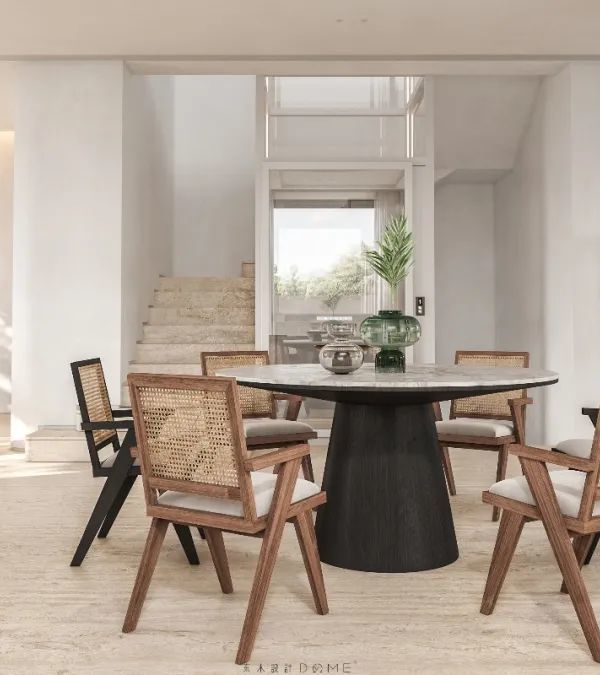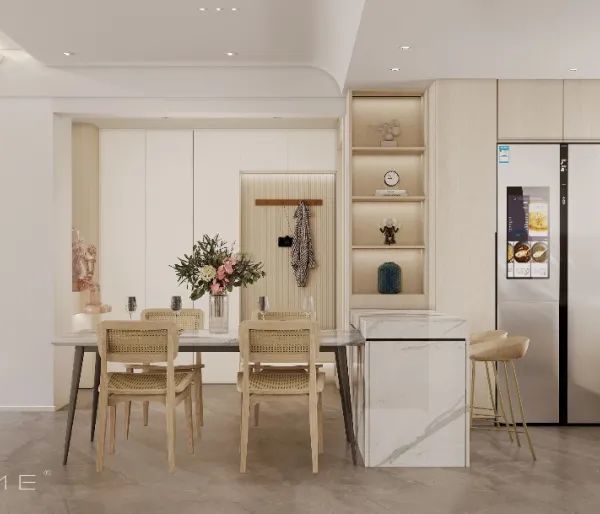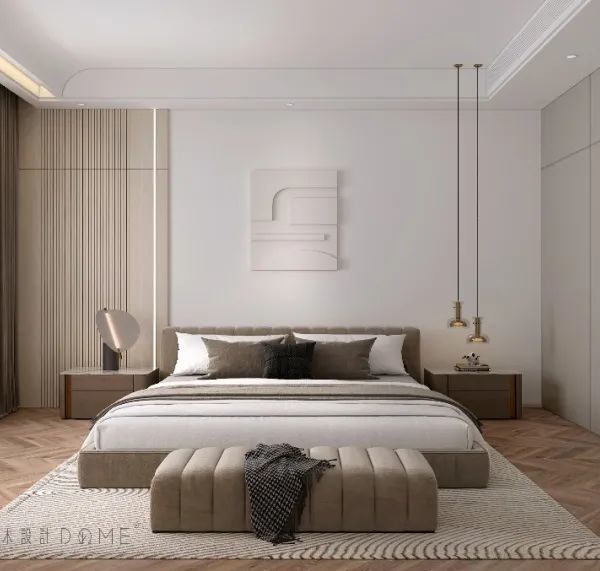古堡庄园的现代重生

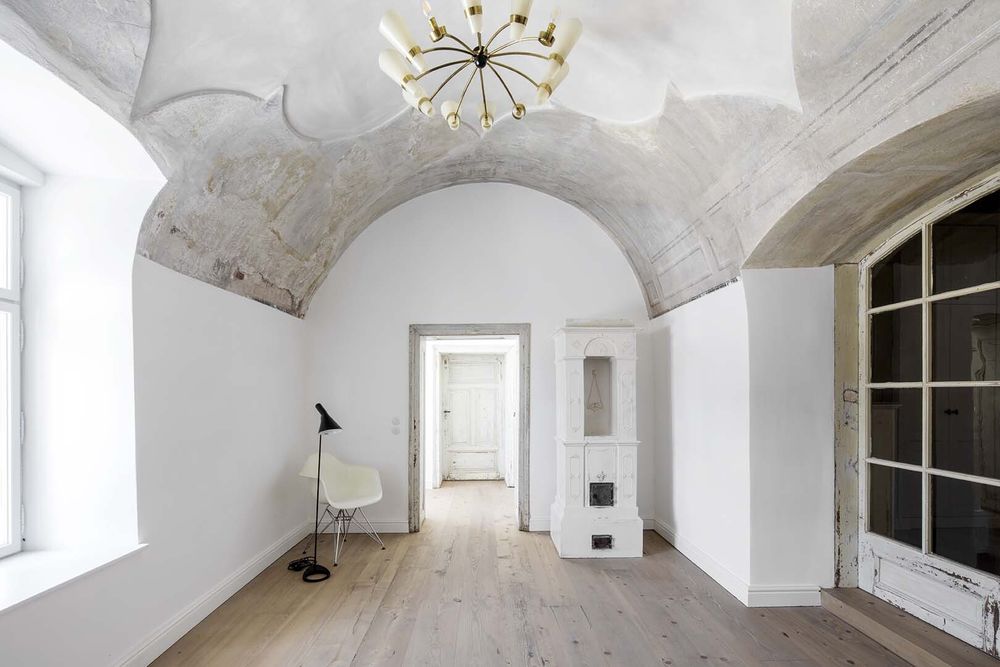

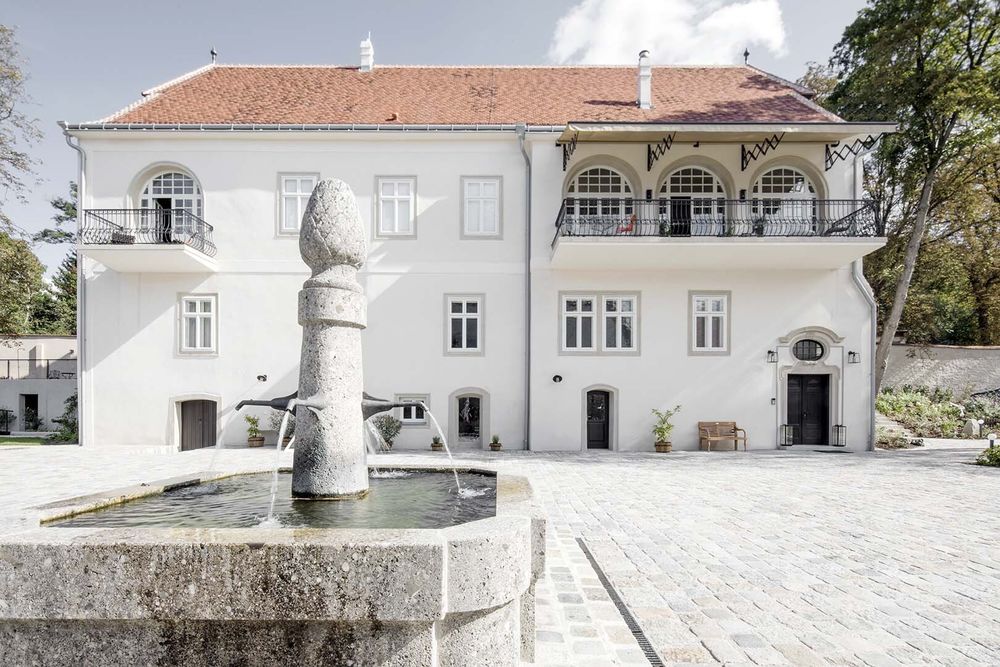


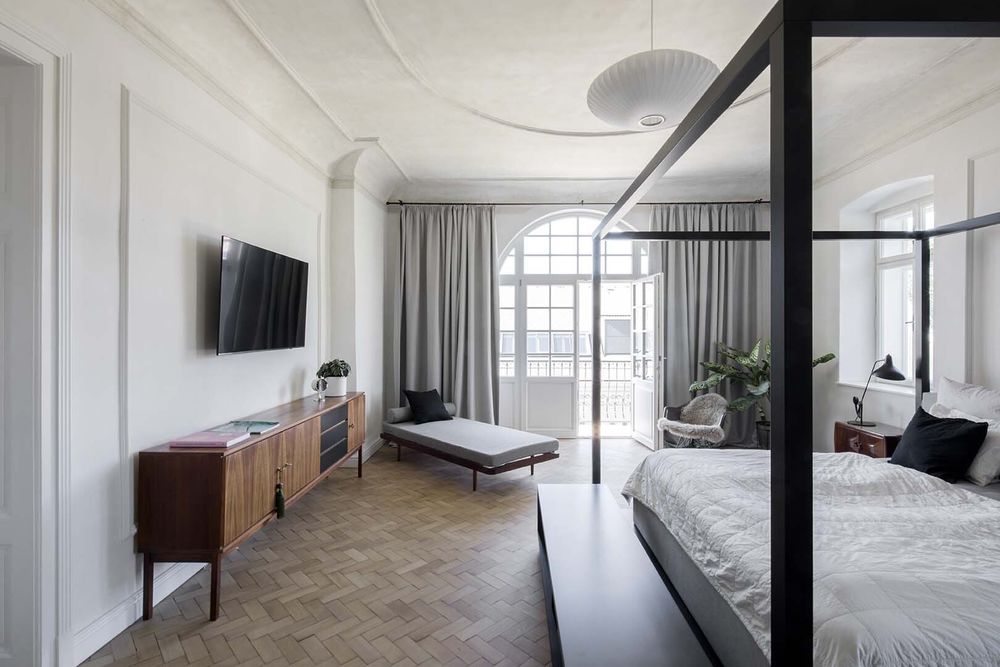


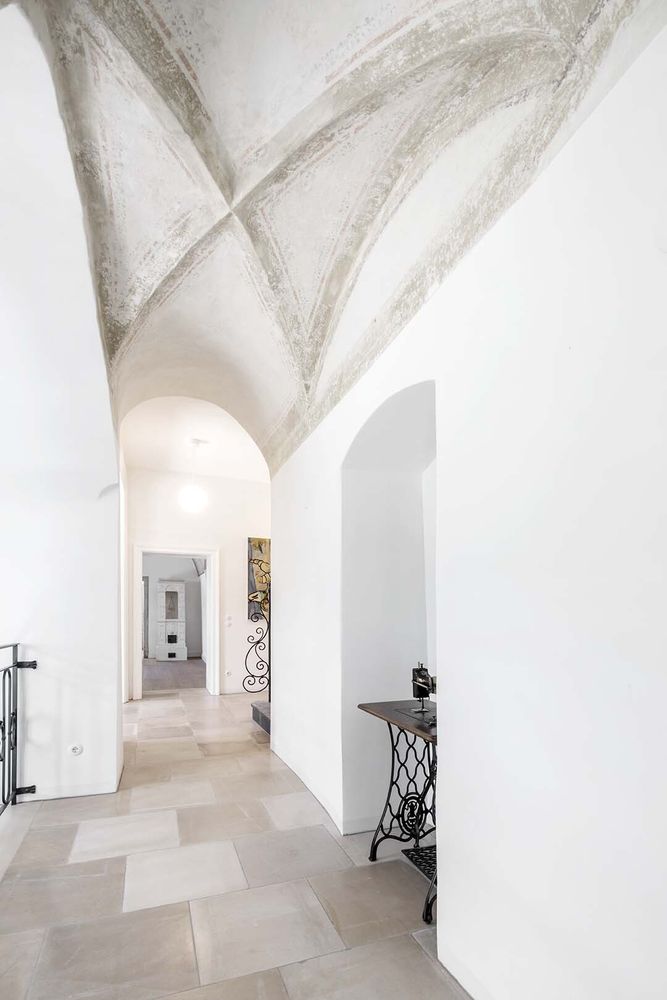



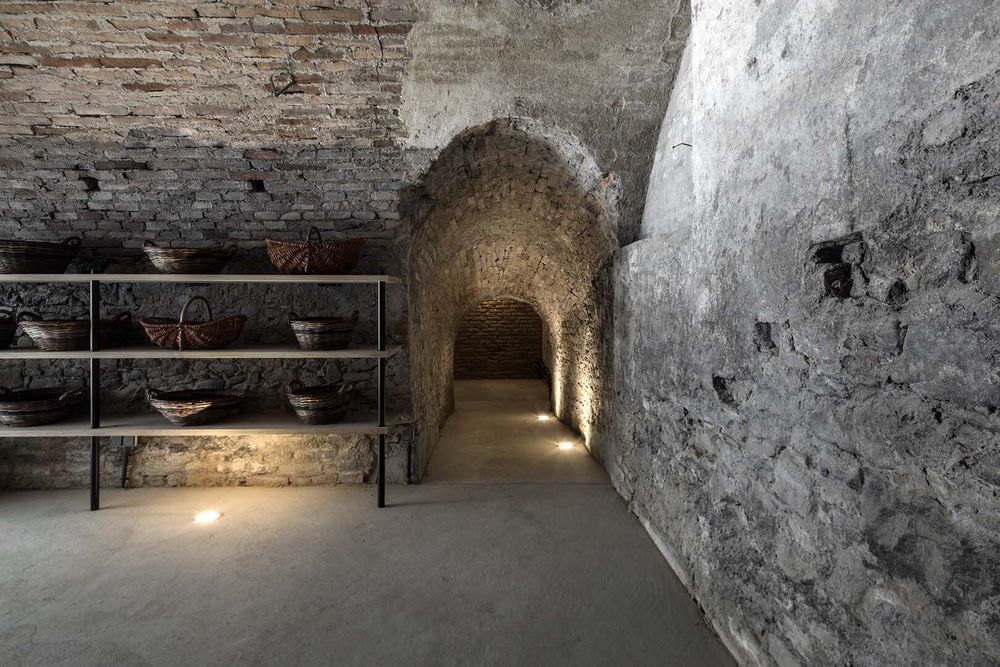
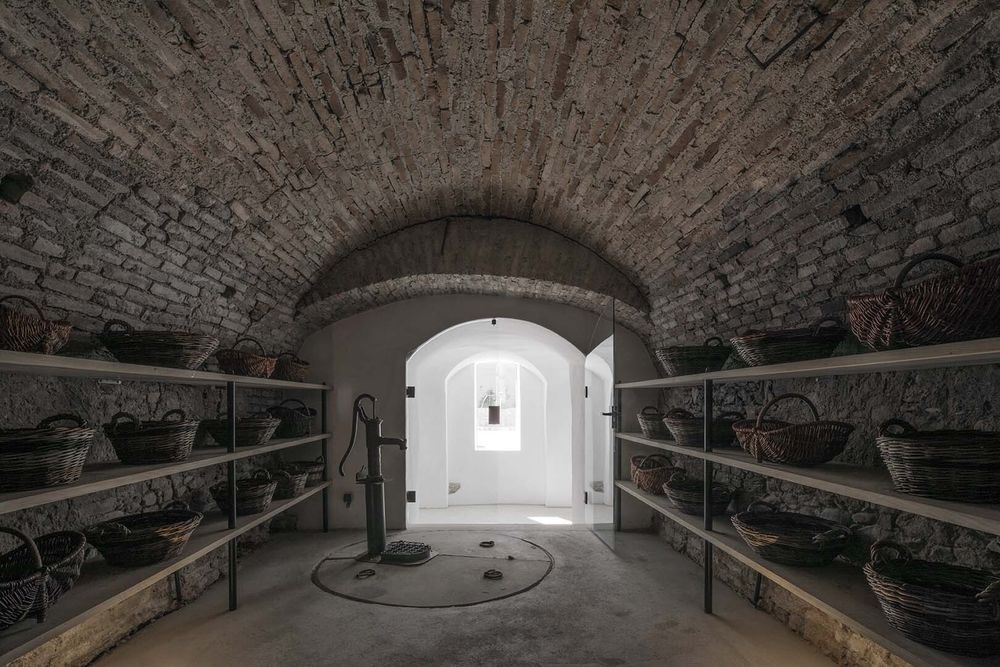
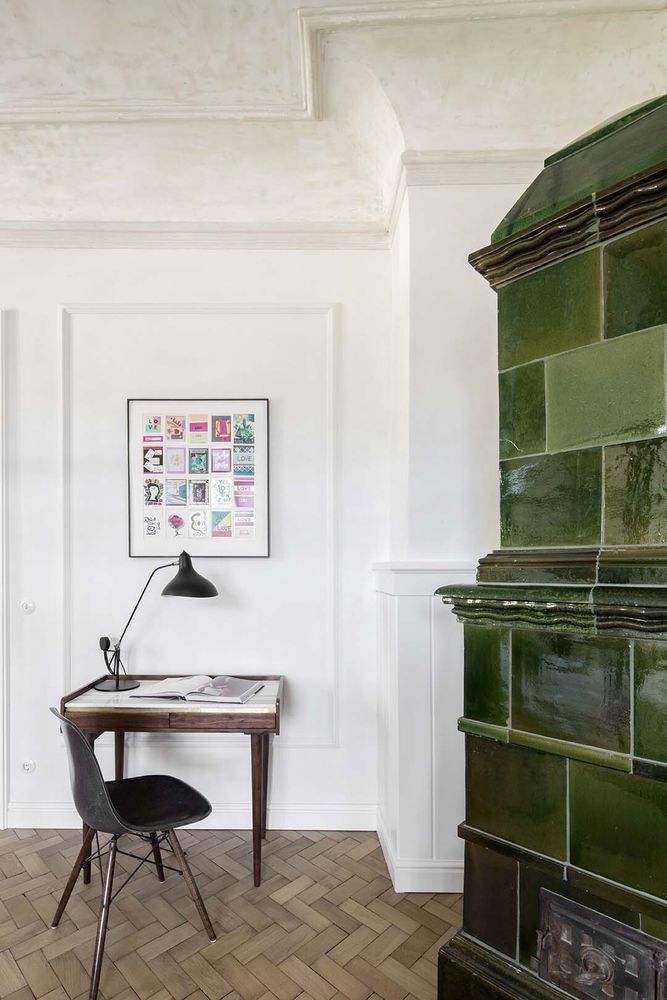

The Gut Wagram estate in Lower Austria’s Weinviertel clearly shows that destilat’s design can go far beyond the interior: cladding and plaza design, path guidance and even the planting plan for the castle’s garden (in collaboration with a landscape designer) reflect destilat’s distinctive style. However, the work for the Strobl winery started much earlier – destilat already consulted this client during the search for a suitable property.
The estate is part of 4,000-m2ensemble including business premises, the residential building, and the bathhouse, which were redeveloped from the ground up and complemented with new buildings due to the original structures’ poor conditions. The two-storeyed residential building’s exterior exudes historic charm, but the interior of the contorted house was completely redeveloped. The main staircase was “turned around” and given a banister that was inspired by historically accurate design. The property’s revitalisation focused on authentic construction materials and handcraft techniques: The antique herring-bone-patterned and boarded parquet floorings were discovered in an estate from the 18thand 19thcentury, while the stone floor consist of tumbled travertine tiles; walls and ceilings were painted with traditional brushstroke technique, acoustic ceilings were hidden underneath the historic structure’s tons of stucco, and the original box windows were restored and furnished with “Histoglass”.
In addition to that, destilat developed a comprehensive lighting system to show all of these areas in the best light – from the wellness area’s cross vault to the newly developed attic.


